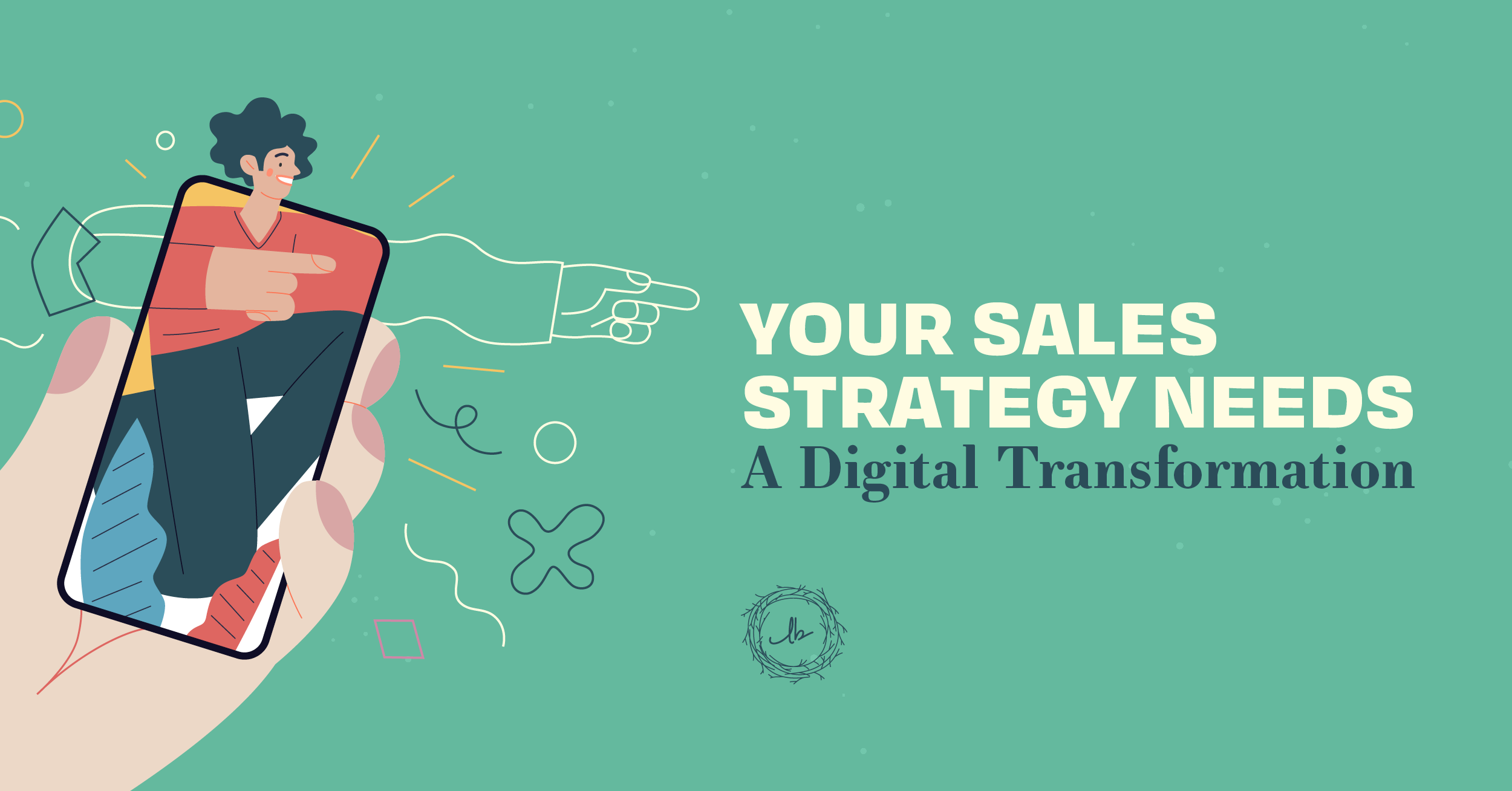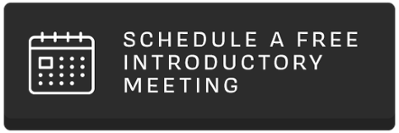Sales and marketing are changing, but is your strategy adjusting accordingly? To say the very least, the coronavirus obviously has had a massive impact on our world. It's also had a very specific impact on our corporate world. If you find yourself looking for a way forward, this is for you.
“The best time to plant a tree was 20 years ago. The second best time to plant a tree is today.”
Social media has fundamentally changed the way we live and do business. Research shows that buyers are 57% of the way through the buying process before they contact a salesperson. Add a global pandemic with no face-to-face meetings or conferences - the need for online skills is at an all-time high, and in fact, a requisite for business survival.

Your ideal client is on a self-directed journey where they research, ask questions and jump to conclusions about you, your products and your brand all while remaining anonymous. People are now accustomed to doing the cursory research themselves. They know what they’re looking for - that’s part of why they don’t want cold calls, trying to set up appointments to sell them stuff. In fact, 90% of B2B decision makers won’t even respond to cold outreach, according to Harvard Business Review.
Connections, however, are still important. That’s where social media fills the gap. LinkedIn has found that,
81% of buyers are likely to engage with brands that have a solid presence on social media
and 92% of B2B customers are more likely to engage with industry thought leaders.
How do you prove you’re an industry thought leader? Consistently post quality, helpful, engaging content and interact with other industry thought leaders meaningfully.
Gone are the days when you can post corporate messages and expect engagement. It’s not just the sales department that needs social media. Brands must activate their entire team to effectively pull their key messages across platforms. The social media space is noisy, and skill is required to be heard above the noise. Are you posting the right content? Is it answering the persistent questions of your most ideal client?
The Prerequisite: A Mindset Shift
You have to change your mindset and quit just talking about the features and benefits of your product. Right now, make a commitment to stop regurgitating product knowledge. Instead, you need to show that you're an expert or how it brings relief to your most ideal client.
Worried you’ll come off like a used car salesman?
The reality is, if you don't want to be "salesy" and "slimy," then don't be salesy or slimy. There are ways to talk about things, talk to people and be engaging that don't use gross tactics. LinkedIn and Twitter are just vehicles for your words – and people have given the social platforms a bad rep. Just because bad things happen at a cocktail party, doesn't mean you stay away from cocktail parties. So quit blaming the vehicle. Instead be what you need to on LinkedIn or on Twitter, say what you actually feel in an empathetic way.
Before we tackle the actionable tips and tricks, let’s align our goals for digital transformation.
Goal 1: Establish Your Personal Brand
Guy Kawasaki said, “Social media was God's gift to entrepreneurs.” I have to say that social media really is God's gift to thought leaders.
LinkedIn measures how well you're establishing yourself as a thought leader in your industry. Why? When you have a small group of people, you can optimize your profile around attracting the most ideal clients within a certain niche. And so, LinkedIn knows you're going to post relevant and curated content from trusted sources and, hopefully, publish original articles all to build your personal and professional brand online.
LinkedIn looks at key elements like the professionalism of your profile, how much content are you actually creating and how often you’re posting. Furthermore, it looks at things like how often are people actually looking at your posts, and are they engaging with your content.
Taking that into account, it gives you a social selling index score (a.k.a. SSI Score).
Goal 2: Establish Your Professional Brand
The second and most obvious thing that we're looking to do on social media as business people is grow our network and build relationships. Specifically to LinkedIn, this means we're trying to grow our connections and actually reach prospects, but one thing that is absolutely overlooked is that you are already connected to so many people, or most likely your next ideal client.
I find many people are going out to LinkedIn and collecting connections just for the sake of collecting them, but they do nothing with them. We need to be mindful about building relationships, it's not just about prospecting.
5 Tips to Make Your Sales Strategy More Digital Today
Without further ado, let me give you a couple of tactical things you can do today to you’re your sales strategy more digital.

1. Post Every Day
The first thing is basic - you need to post every day. Here come the excuses…
Excuse 1 - “I don't have time to post every day.” Well then, I don't know how you're going to make your numbers and I don't know how you're going to move your brand forward. Simply put - you have to make time to post every day.
Excuse 2 – “I don't know what to write.” If you're staring at a blank screen, our friend Peter Springer wrote an article called “No Time to Blog, You've Already Written Dozens.” That applies not just to blogs, but also content for your social media posting.
BONUS TIP: If you want to be strategic about it, schedule your posts ahead of time through a free or very inexpensive system like Buffer or Hootsuite.
![]()
2. Send Messages to Connections
The next tactical tip is that you need to go back and send messages to your connections (read: people you are already connected to). This is a large task to tackle. So, take five contacts that you haven’t connected with in a long time and reach out with just something very simple: “You know what, we're connected, we haven't talked for a long time and I don't even remember why we were connected. Any chance that you would have time for a 10-minute chat today?”
Again, just be authentic. Of course, you're going to get turned down a few times, but you need to be very clear with people that you'd like to chat and understand how the connection can be meaningful, but that you promise you're not going to try and sell this person anything. You just want to understand why you're connected and see if there's something you can do to help each other.
If you honor that statement, then you will begin to build relationships, and you won't have to go out there and prospect for all kinds of new things because, very potentially, your next greatest client is already in your current LinkedIn connections.

3. Comment on High Performing Posts
People looked at prospecting on LinkedIn as sending LinkedIn messages and making new connections. The reality is there's a much better way to engage with people – commenting on high-performing posts. LinkedIn messages can go ignored for a multitude of reasons (we’ve all done it) - whether they are disinterested or not very engaged users on the platform.
The best practice is to find the people who are already truly LinkedIn people. They're already engaged there, they already find value and so they very potentially could find more value through what you have to say.
Comment on high-value posts and to put in your two cents and start a conversation. You don’t need to be overly controversial, but ask people follow-up questions to get them talking or sharing their opinion.

4. Follow and Use Hashtags
My next tip is to follow and use hashtags effectively. I know I'm opening up a huge Pandora's box, and there's a lot of questions about hashtags. The reality is, hashtags are no longer needed in order to search on any platform. You can simply type in the word marketing and you're going to find everybody who used the word marketing. Hashtags can still be a culturally relevant and helpful way for us to tag different posts and be known for certain things in our market.
For LinkedIn, my top tip is do not use more than three hashtags, and only use them at the bottom of your post. Don't put them in the middle of posts, which is completely acceptable in Twitter.
Also, if you use the word marketing, don't use #marketing. That's a double search. Do yourself a favor and find what hashtags other people who you admire and other people who are on your prospecting wish list (see below) are using and start using and following those hashtags.
5. Make A Wish List
Who are you actually looking for on LinkedIn? Who is your most ideal client? Write down company names, title or actual people as a target list of people you want to interact with regularly.
The power of the wish list is that it helps you understand the day-to-day tasks you need to be doing. The first thing being, instead of reaching out and doing some kind of a canned outreach to this person, you go and find what they like, go see what they're posting, start commenting on their posts and start a conversation.
Having that wish list also guides you in what you need to share. You want to share relevant pieces of content that your most ideal client would enjoy. They should address the problems they are facing - find solutions that are in the form of content to share on LinkedIn. It will start a conversation, and they will see you as being truly helpful - that goes a very long way in building relationships.

True change comes with company-wide digital transformation. In our 12-week course, we empower and equip teams to leverage social channels for sales effectiveness and revenue growth. These skill transformation modules instill the needed mindset shift and technical skills to create huge efficiencies and codify what it takes to generate leads and drive revenue through social media efforts.







Let Us Know What You Thought about this Post.
Put your Comment Below.